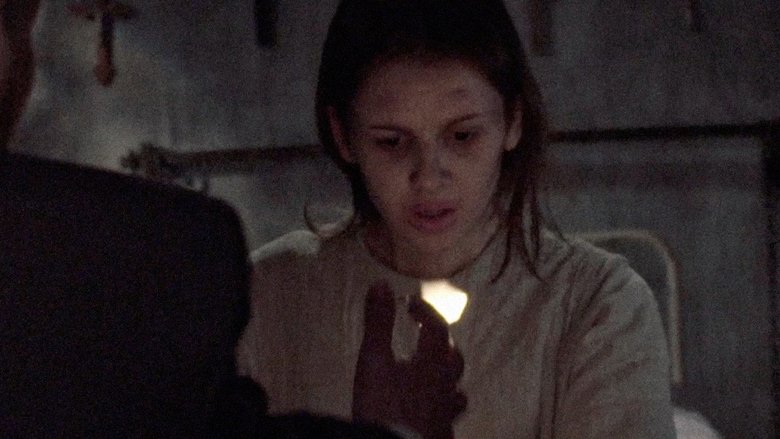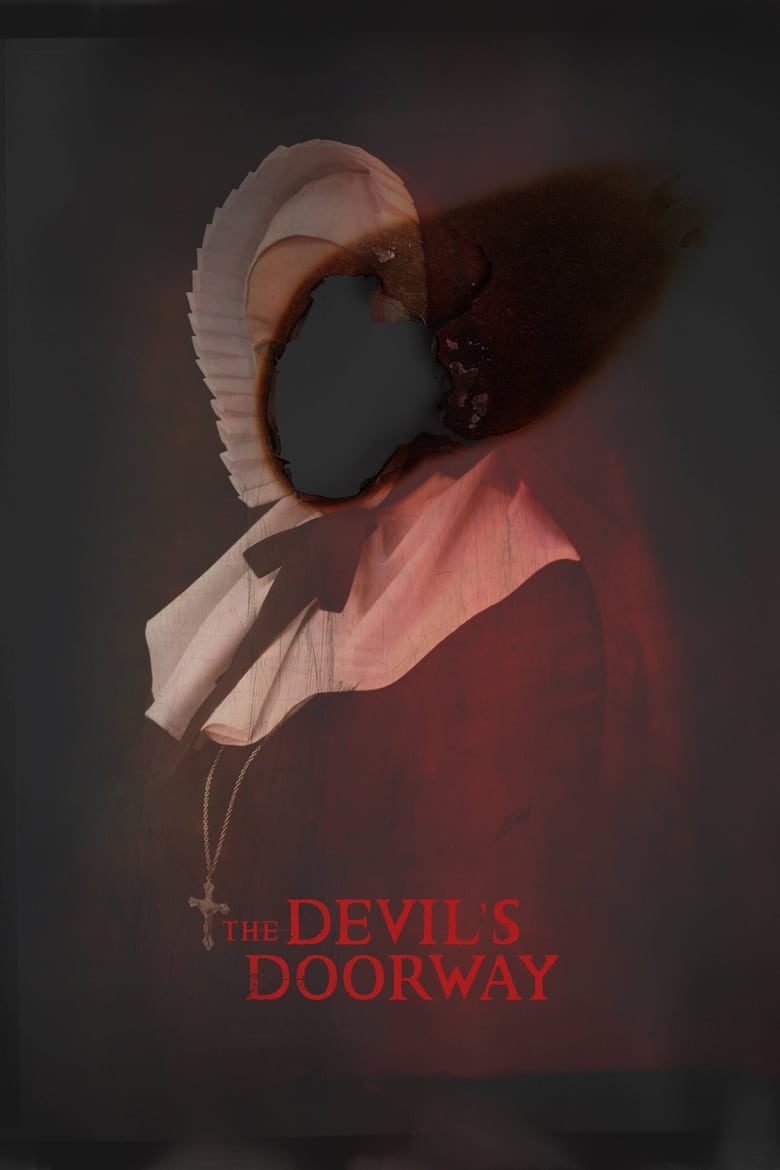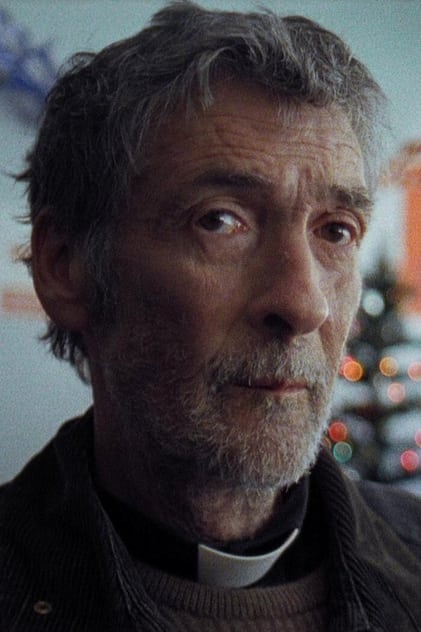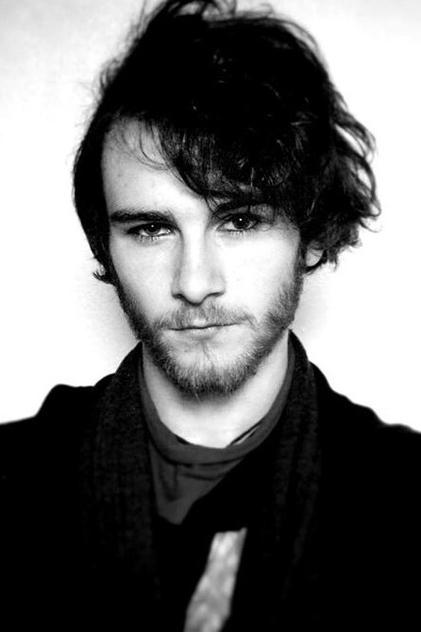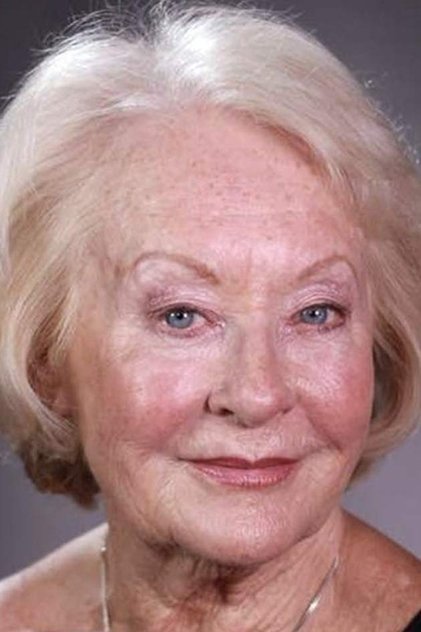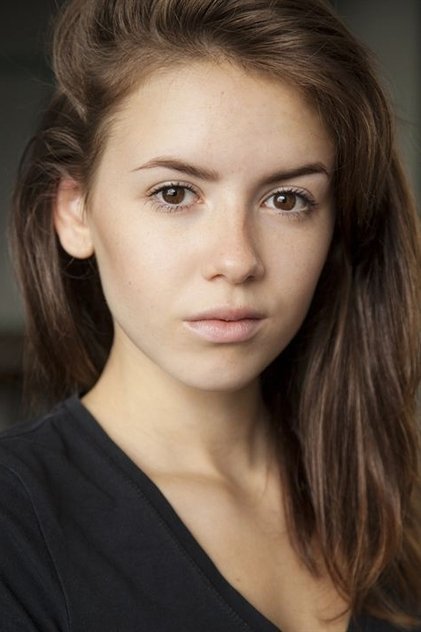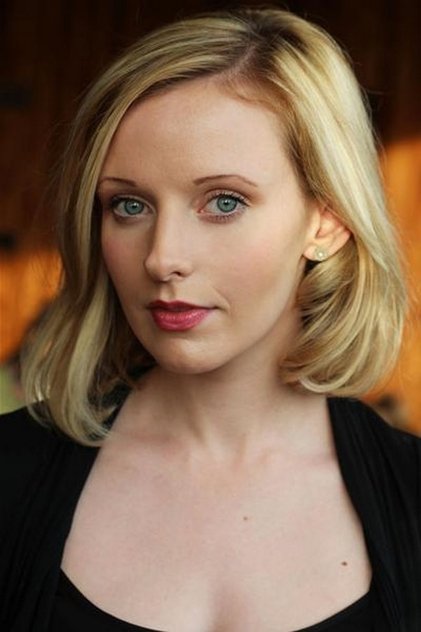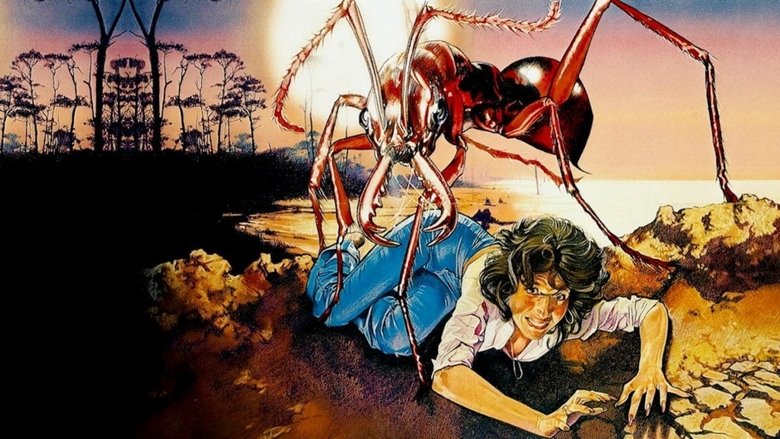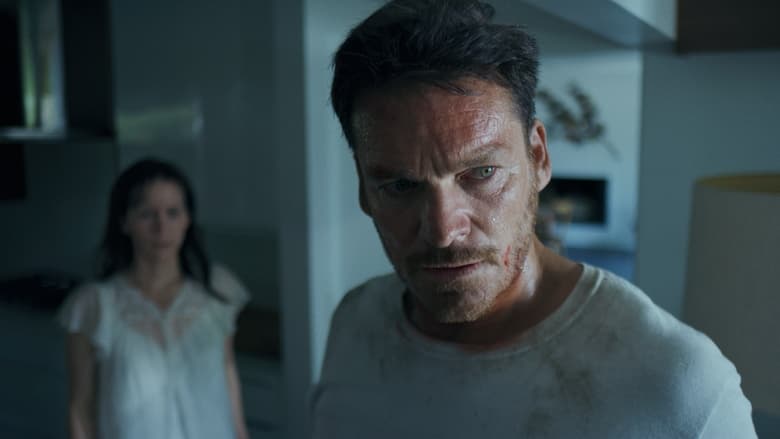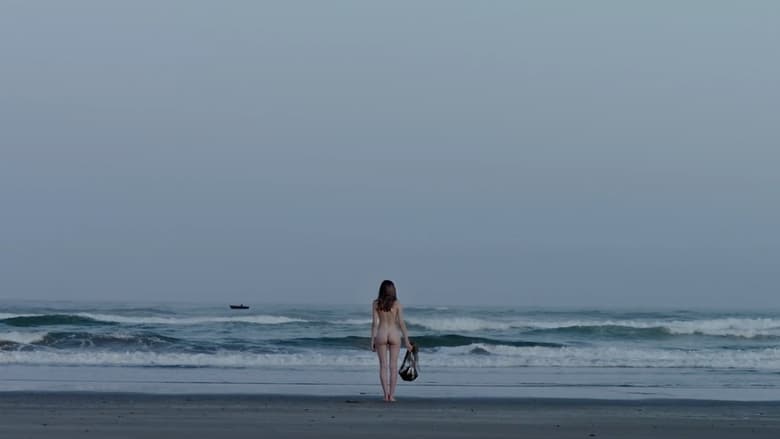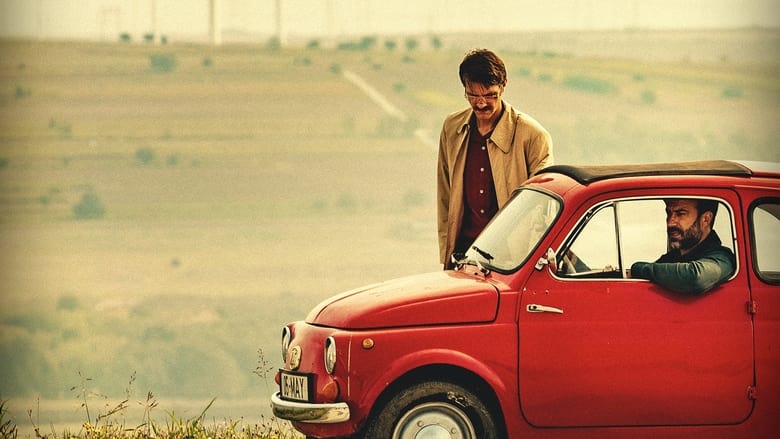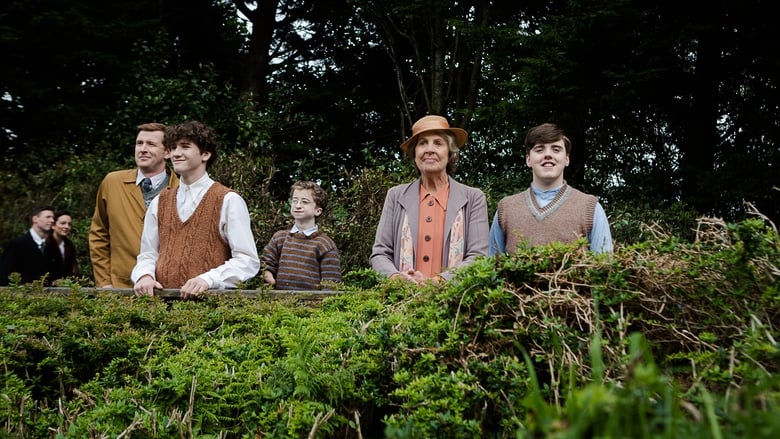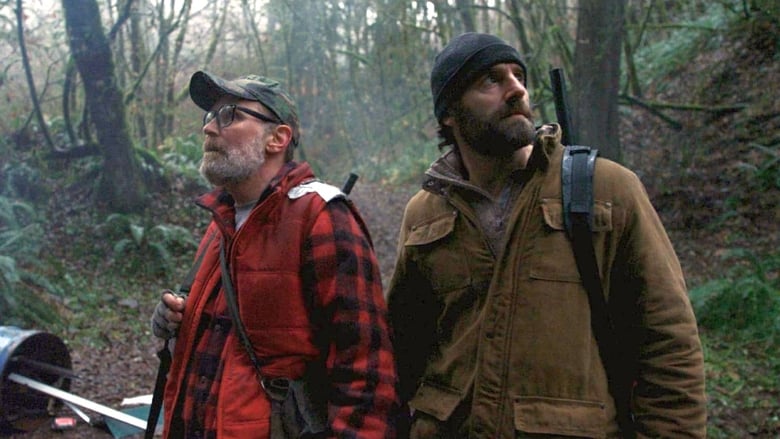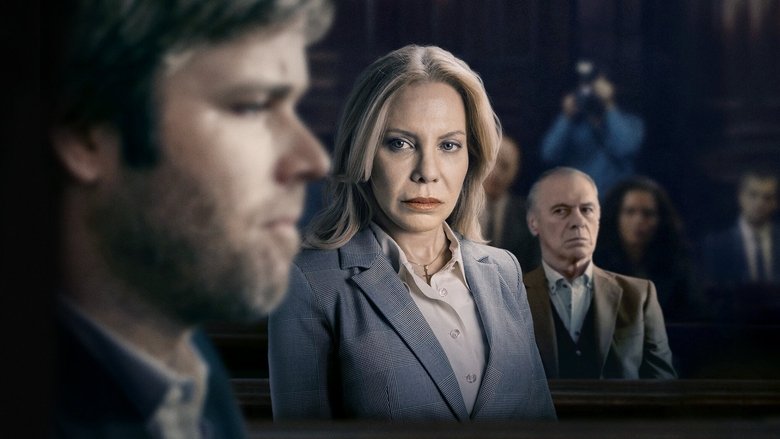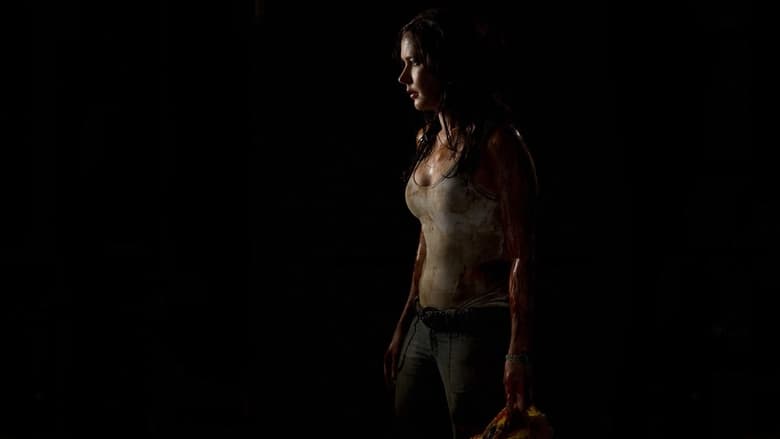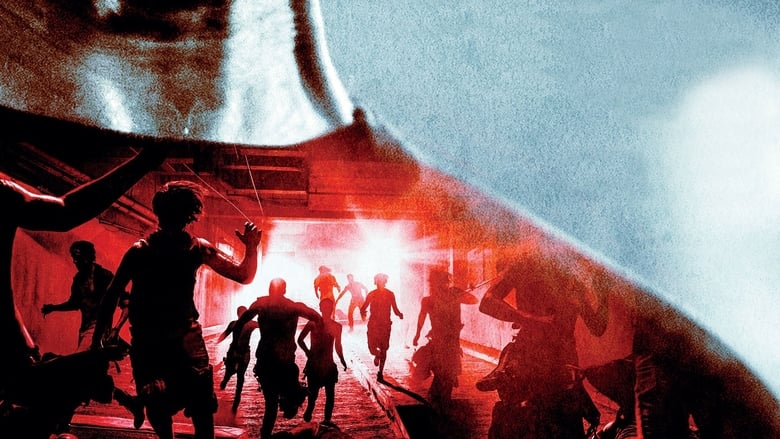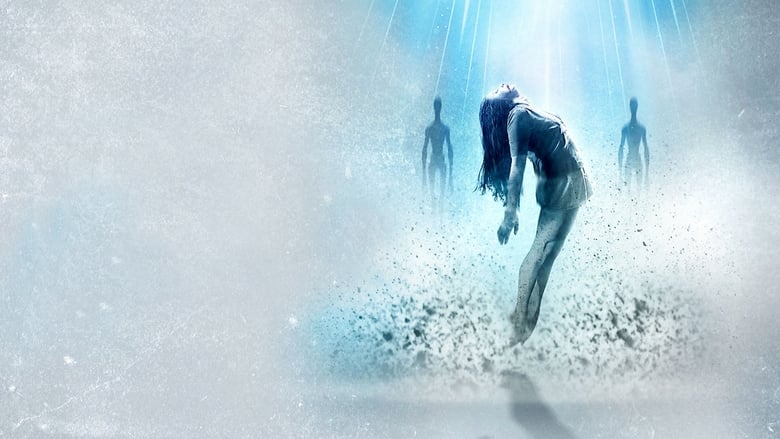Stephen Campbell
Jun 15, 2019
8/10
I couldn't get my mind around how the sisters could leave that home in 1961, close the gates when it closed down, with 796 children buried beneath in the tunnels in coffins, a lot of them in the sewage tank area as we now know. What kind of mentality would leave that place without acknowledging that so many burials were there, so many precious lives were lost? The ideal would be to exhume those little bodies and just show them some dignity and reverence and to perhaps re-inter them in the main Tuam graveyard which is only across the road.
- Catherine Corless; Receiving the Bar of Ireland's Human Rights Award, October 2017
there was no holocaust, and there was no gulag. No one was murdered. No one was imprisoned, nor forced against her will to stay. There was no slave labour. Not a single woman was sexually abused by a nun. Not one. It's all a lie.In August, the Irish government set up a €50 million compensation scheme for the Survivors. However, as of 2018, the four religious groups who operated the majority of the laundries (the Congregation of the Sisters of Mercy, the Congregation of Our Lady of Charity of the Good Shepherd, the Religious Sisters of Charity, and the Sisters of Our Lady of Charity of Refuge), have refused all demands from the Irish government, the UN Committee on the Rights of the Child, and the UN Committee Against Torture to contribute to the compensation fund. It's difficult for an Irish person to even speak about this without becoming angry, as it's one of the darkest chapters of our history, and, along with the revelations regarding state and Church-sanctioned clerical sex abuse, it is the reason why 21st century Ireland has roundly rejected the Catholic Church, an institution which once lorded over every aspect of the country, telling people how to act, what to say, what to think. To give an example of how much the country has repudiated the Church, when Pope John Paul II visited Ireland in 1979, roughly 2,700,000 people came to see him (just shy of half the population of the country). When Pope Francis came in 2018, attendance was less than 130,000. In the vile Magdalene Laundry history, perhaps the most significant scandal was that of the Bon Secours Mother and Baby Home in Tuam, County Galway. Opened in a converted workhouse in 1925 and known to locals simply as "The Home", it was run by the Congregation of the Sisters of Bon Secours, and catered mainly to unwed pregnant women, who were sent there to give birth. It closed in 1961, but in 2012, a social worker discovered documentation related to over 1,000 babies sent to the United States for illegal adoption. The Health Service Executive soon discovered that The Home had often contacted parents asking for money for the upkeep of children who had already been shipped to the US. Speculating that the discovery could "prove to be a scandal that dwarfs other, more recent issues with the Church and State", the HSE recommended that then Minister for Health, James Reilly be informed, and a full enquiry launched. However, Reilly was never told, and the details of the HSE report were not made public until the Irish Examiner published a special investigation in 2015. Meanwhile, also in 2012, but unrelated to the HSE enquiries, local Tuam historian Catherine Corless began an investigation into The Home. In 2013, she retrieved the names of 796 children whose deaths were registered there. Cross-referencing the names with local graveyards, however, Corless discovered that only two of the 796 had been formally buried. In 2014, a mass grave was discovered at the site of The Home's septic tank, with the site unmarked and not registered as a burial ground with local authorities. Initial excavations in 2016 and 2017 found that all of the skeletons were between 35 foetal weeks and three-years-old, with most carbon dated to between 1925 and 1950. As of October 2018, a full excavation is planned, and the Mother and Baby Homes Commission of Investigation is continuing its enquiries. One might think that nothing more horrific could be made of this subject than the actual facts of the case; after all, Peter Mullan's superb, but exceptionally disturbing, The Magdalene Sisters (2002) is a horror film in everything but name. However, what Clarke and her co-writers, Martin Brennan and Michael B. Jackson, do in The Devil's Doorway is use the very real issues as the foundation for a socially conscious horror film which serves as a conduit for the anger felt throughout the country. In a Q&A after the film screened at Dublin's 2018 Horrorthon Festival, Clarke explained that the decision to make a horror movie about something so serious and important to the nation was because, "horror is good at unpacking social trauma", allowing a filmmaker "to metaphorically explore national pain." Far more concerned with the shifting moral positions of the two priests than it is with devils and demons or silly jump scares (although there are a few of these), the film thus functions as a kind of microcosmic allegory of Irish history; John represents Ireland of the 1960s, innocent and blindly faithful, unwilling to believe anything negative about the Church, whilst Thomas represents the Ireland of today, jaded and disillusioned, spiritually cut off from ecclesiastical doctrine, scathing of Church dogma, and all too aware of the earthly sins committed in the name of Catholicism. Reading between the lines of the horror tropes, this is a film about human evil – the primary story is not the investigation into the statues or Kathleen's possible possession, it's the discovery that the institution has been discarding the bodies of dead children in a vast underground catacomb, with the full knowledge of the Holy See. Clarke, an atheist herself, is thus far more interested in showing the hypocrisy of the Church's culpability, condoning the torture of woman and the unsanctified burial of children, whilst it preached morality to the masses, warning of the esoteric dangers of contraception, the evils of homosexuality, and the iniquity of blasphemy. In her view, the evils perpetrated by the nuns against defenceless children are far more horrific and disturbing than anything a demon could unleash on the world. Speaking to Indiewire, she calls the film >a comment on the potential for a church-state to become somewhere where evil happens and evil can be nurtured. Looking at issues such as the illogicality of blind faith and the history of organised religions' tendency to marginalise women, often to the point of violating their human rights, Clarke exposes the Catholic Church's duplicity, laying bare their utterly contemptible and self-serving role in Irish history, and it's the anger and sincerity of this message that lingers far longer than any of the film's genre elements. The sympathy Clarke feels for these women and children is palpable throughout. Indeed, in 1997, Clarke herself had a son out of wedlock at age 17, and under different circumstances, could have ended up in a laundry. Thus, the film is intensely personal, as the entire Magdalene scandal should be for all Irish people over the age of 20. One of the film's greatest strengths is Lalor Roddy's performance as Thomas. Playing the priest as cynical and disheartened, worn down by years of debunking claims of miracles, at least initially, he is far more interested in the treatment of the girls than the possibility that the statue's bleeding may be authentic. He's also no shill for the church, seen in lines such as, "this place disgusts me. The people who run this place disgust me," or when he describes Giuseppe Verdi's letter to Pope Pius XI asking for special dispensation to allow female singers to perform the Messa da Requiem (1874). As the film goes on, Thomas becomes more and more angry about what is happening in the laundry, leading to one of the most thematically relevant and narratively justified f-bombs I've ever heard in a film. One of the film's primary themes is the hypocrisy of the Church, and the ugliness of organised religion in general, and this theme is carried primarily by Thomas. Roddy's layered interpretation of Thomas's existential crisis is the primary reason the film works so well in an emotional sense. Painfully aware that acceptance of dogma, faith in the Church, and belief in God are three very different things, Thomas finds it increasingly difficult to reconcile his genuine love for God with the practices the Church carry out in His name, with Roddy's performance adding a great deal of both emotional and esoteric complexity to the film. Thomas isn't the only character to voice criticisms of the Church, however. In perhaps the film's key scene, when Thomas threatens to reveal to the bishop what's happening at the laundry, the Mother Superior laughs, telling him he'd be surprised to learn how unsurprised the bishop is. She then launches her own attack on the Church, arguing that the nuns are used to do the Church's dirty work, with insufficient resources, and, when things go wrong, they must take the blame. An especially good line in this scene concerns the pregnancy of the women in the laundry, with Mother Superior rhetorically asking Thomas, "Do you know how many of the babies born here had fathers who were Fathers, Father?" Although a contemplable character, everything she says in this scene is relevant and pertinent to Clarke's overall message. At Horrorthon 2018, Clarke was asked if there were any concerns regarding accusations of exploitation during the making of the film. She acknowledged there were, explaining that she remained very much aware during filming that many people who lived in the laundries are still alive today, and that maintaining the integrity of the women and children was paramount on her mind at all times. Speaking to Indiewire, she further explained, >there are women who are only 40 today who have been in these laundries, so I did worry that there might be people who have trauma from these places that would instantly feel that they were being attacked or they were being exploited by the fact that I even made a horror film with these elements. However, at Horrorthon, she also said she had heard from several Magdalene Survivors who had loved the film, and one woman in particular who travelled from Cork to Belfast to view it, giving an emotional endorsement when it was finished. Indeed, Clarke explained that the film was originally written to be set in 2018, with a group of urban explorers running afoul of eerie goings-on in an abandoned laundry, and it was only when she came on-board that it was relocated to the 1960s. She chose this period because it was during the 60s that the laundries were at the height of their powers. Believing that setting the film in 2018 and depicting urban explorers would have been disrespectful and exploitative (calling to mind Bradley Patrick's disgusting 2012 film, Chernobyl Diaries), Clarke felt that to relocate it to 1960 lent it an air of authenticity, whilst also allowing her to deal head-on with the moral issues thrown up by the scandal. Aesthetically, the film is also interesting, managing to sidestep many of the inherent problems with found-footage films. For example, the fact that it's set in 1960 means it's shot on 16mm rather than VHS or hi-def. The 1.37:1 Academy Ratio, complete with rounded corners, has the effect of making director of photography Ryan Kernaghan's carefully composed images look like historic photographs. The shaky and imperfect footage also gives the film a sense of an old cinéma vérité-style documentary, with the amount of artefacts helping to sell the first-person immediacy of the cinematography – lens flares and burn-outs are especially common, and the handheld nature of the filming has a suitably disorienting effect. Granted, John's Bolex camera manages to pick up far more detail in dark locations than would be possible with only a single bulb as illumination, but this is a relatively minor gripe when the overall look is so good. This point also nicely illustrates the avoidance of another pitfall of found-footage horror films – why the hell don't they drop the camera and get out of Dodge. A problem in many such films, here, the answer is simple – in many scenes, the camera is providing the only source of light, hence why John keeps it turned on and filming. Also worthy of praise is the sound design, which, as with the cinematography, manages to avoid a bugbear of found-footage films – pitch-perfect sound irrespective of location and people's distance from the camera. Here, there are multiple examples of dialogue being muffled when spoken away from camera. It's a very simple touch, but it adds a nice air of verisimilitude to proceedings. Of course, the film isn't perfect. As the latest in a long line of found-footage exorcism/possession horror movies (including, off the top of my head, Daniel Stamm's The Last Exorcism, William Brent Bell's The Devil Inside, David Jung's The Possession of Michael King, and Mark Neveldine's The Vatican Tapes, the crowded nature of the subgenre, and the general lack of quality of the films, doesn't do it any favours. Additionally, especially as it nears its climax, it regurgitates a number of genre clichés – floating beds, upside down crucifixes, scary nuns, creepy kids, creepy dolls, skeletons, underground caverns, jump scares which don't make a great deal of practical sense etc. Falling back a little too much on the generic conventions it has managed to avoid until the last half hour or so, in this sense, the film ultimately plays it disappointingly safe. However, all things considered, this is an excellent piece of work, and an extremely accomplished debut. It looks amazing, and is far better than the majority of found-footage movies, arguably the best such film since Daniel Myrick and Eduardo Sánchez's The Blair Witch Project (1999). The acting is terrific, and it's properly creepy in places. Perhaps most importantly, however, if you can look past the hokum and the genre markers, you'll find a socially conscious film engaging with a painful national scandal through which we are all still living.
